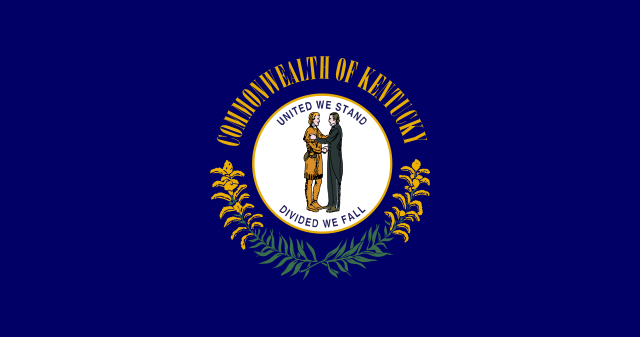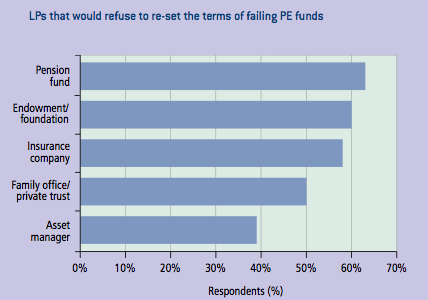Kentucky Retirement Systems (KRS) executive director Bill Thielen spoke in front of the state’s Pension Oversight Board on Monday, and revealed an as-yet unaddressed trend that spells bad news for the pension system.
The trend involves the balance of active workers to retirees receiving payouts – and the balance is not shifting in the pension system’s favor.
Reported by WFPL:
One problem that remains unaddressed, said Thielen, is the imbalance created by fewer employees paying into KRS and more retirees receiving benefits this year. Board members were told that between 2007 and 2014, the number of active members in the Kentucky Employee Retirement System dropped from 47,913 to 40,365, while the number of retirees grew from 33,849 to 41,223.
That difference represents $228.9 million in losses this year (not counting payouts for hazardous jobs), and Thielen said the state will see more increases in benefit payout during 2015. Overall pension benefits (for all sectors) paid “for fiscal 2014 totaled $1769.7 million compared to $1706.2 in fiscal 2013,” according to the audited data report.
“Our own staff at KRS, also. About 40-45 percent of staff will be eligible to retire,” he said, explaining that private sector wages have begun to lure state employees into early retirement as Kentucky employees go into a fifth year of wage freezes.
“Without raises, we’ll probably see a lot retire.”
The 21 percent funded KERS Non-Hazardous plan is a sub-plan of the Kentucky Retirement Systems.









